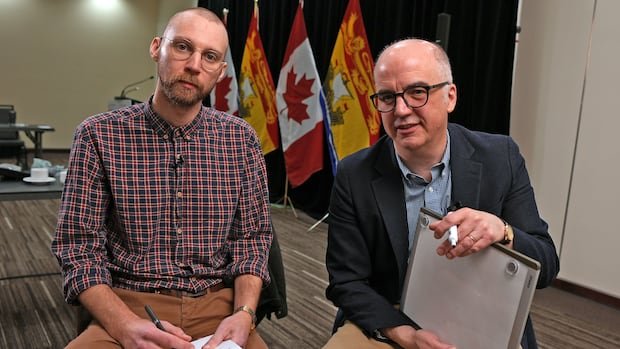The Holt Liberal government is projecting large budget deficits as far as the eye can see.
In his first provincial budget, Finance Minister René Legacy is projecting a fiscal shortfall of $549 million in the 2025-26 fiscal year.
That deficit could go as high as $599 million if the province draws on a $50 million contingency fund it has set aside to help New Brunswick businesses and workers cope with the impact of U.S. tariffs.
“Make no mistake: as this government’s finance minister, it is difficult for me to stand here in front of you today announcing such a significant deficit,” Legacy told reporters at a news conference.
Susan Holt’s Liberal government has tabled a budget with a $549M deficit.
And there’s no return to balanced budgets on the horizon, either.
Legacy’s four-year fiscal plan projects budget deficits — albeit smaller ones — in every year of the Liberals’ mandate through 2028-29.
That is despite Premier Susan Holt’s campaign promise to balance the budget in every year of her term.
In his budget speech, Legacy was unapologetic.
“We will not sacrifice fixing health and education, and addressing the very real affordability challenges New Brunswickers are facing or shirk our responsibility to tackle the impacts of tariffs head-on in favour of satisfying the bottom line,” he said.
“For too long, government’s singular focus has been on balanced budgets and debt reduction, which has served to the detriment of the needs of New Brunswickers. Fiscal responsibility can and should be measured in more ways than just the bottom line.”
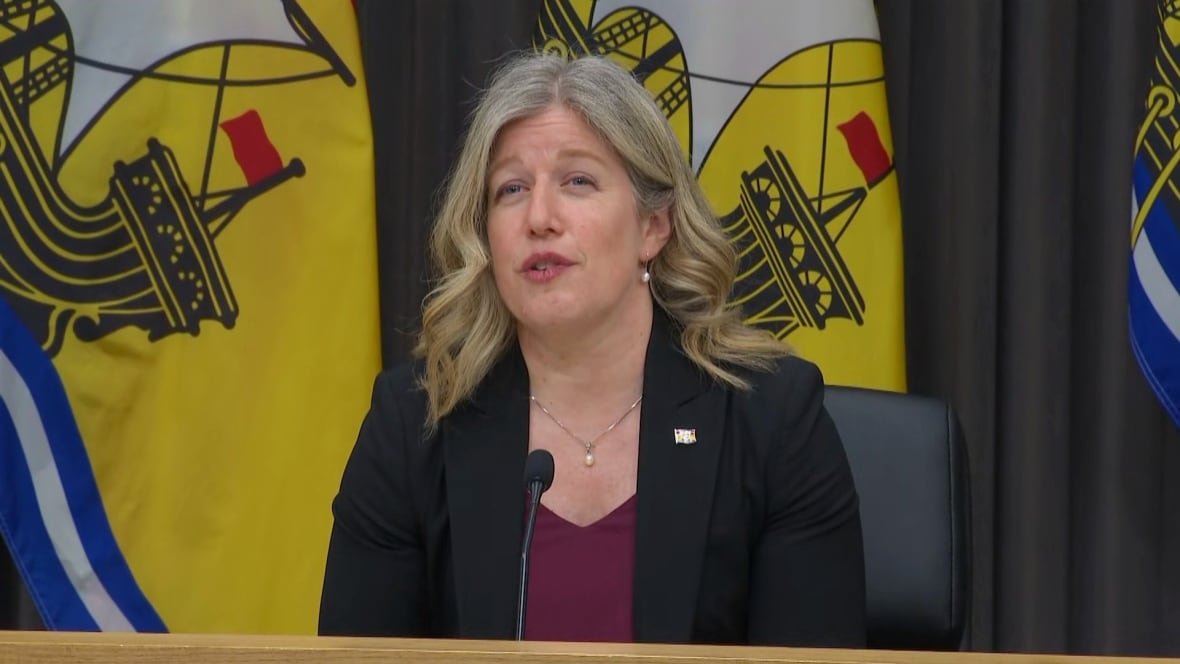
The new spending includes $30 million in health care to support new collaborative care clinics, the centrepiece of Holt’s commitment to improve access to primary care.
But overall, health spending in 2025-26 will increase only 1.8 per cent over what the province is spending this year.
Economist Richard Saillant said the Liberals are actually increasing spending at a slower rate than the Progressive Conservative government of Blaine Higgs did.
But because the PCs had the benefit of large tax windfalls each year, it was able to stay in the black, he said.
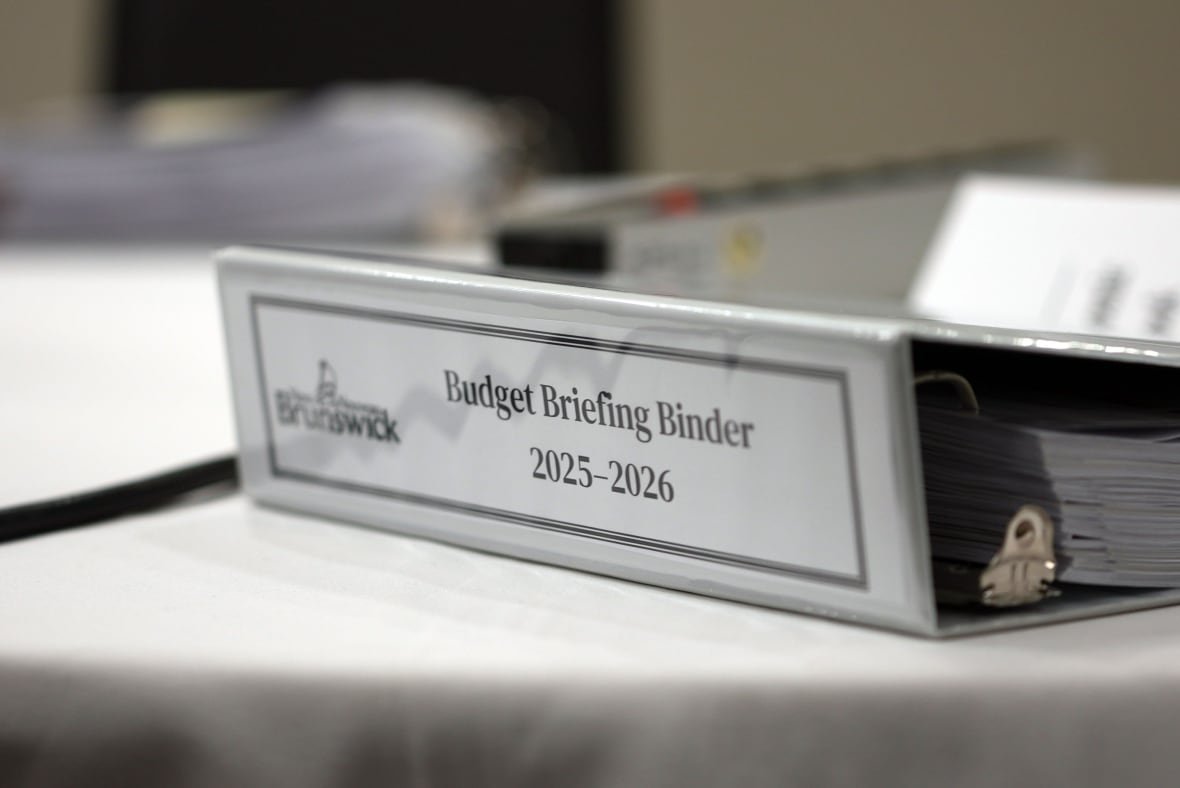
With those windfalls slowing down, the Liberals had less room to spend.
“This [Liberal] government was a bit boxed in by the structural deficit [it] inherited. … It’s having to contain its ambitions, spending-wise.”
Legacy said the more than $2 billion reduction in the province’s accumulated debt — a result of PC frugality he criticized when he was an opposition MLA — gives the government flexibility to do that spending.

But the Liberal financial plan will wipe out all that PC debt reduction, with a return to a $14.3 billion accumulated debt, the previous all-time peak, projected for 2026-27.
“The previous government has brought this up often times, saying, ‘We’re putting that money aside for certain hard times, when we’ll need it,'” he said at the news conference.
“Well, we may be at the point now where we can’t push it forward anymore.”
The minister acknowledged, however, that the trend of big spending increases is not sustainable, and he warned of “hard decisions” in the coming years.
That’s why the government is launching “a transformation initiative” to end spending that doesn’t produce results, and to spend money more wisely.
Legacy told reporters those decisions haven’t been made yet because the government wants to consult widely, including with community organizations.
“We have to involve them in the process,” he said, rather than imposing an across-the-board cut that may have unintended consequences.
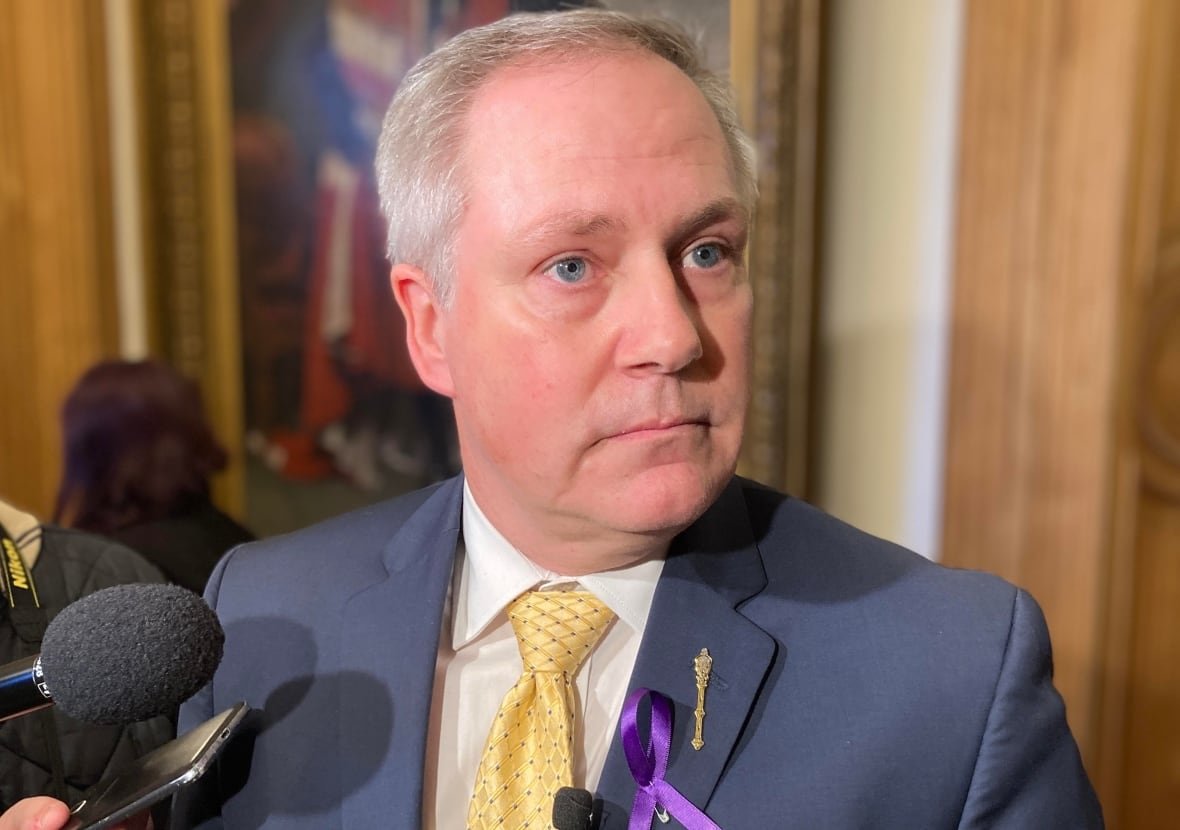
PC Leader Glen Savoie reminded reporters of what his party considered a $450 million revenue error in the Liberal election platform last fall, the result of counting two percentage points worth of HST revenue twice.
“This is a group that couldn’t get their calculations right during the campaign, so how can we be sure that the calculations that they have in place now are going to be accurate and that we can have confidence in them?” Savoie said.
Green Leader David Coon said the Liberals should have spent even more in priority areas such as health care, even if that meant a larger deficit.
The $30 million to start setting up collaborative care clinics falls short of what doctors say is needed, Coon said.
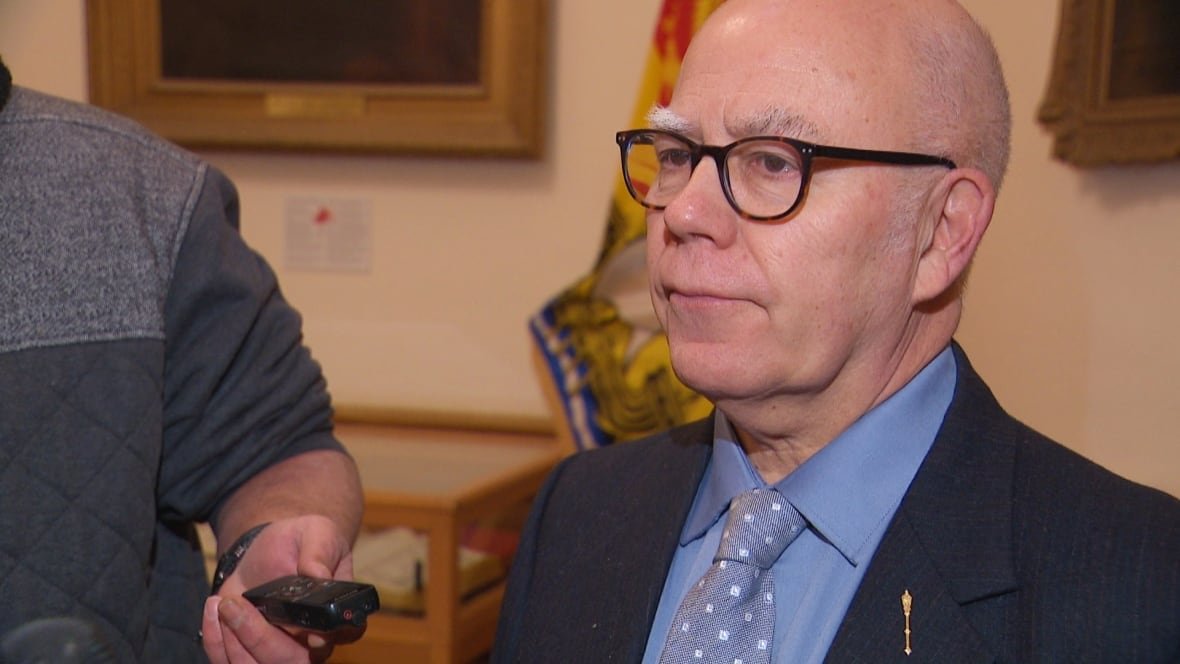
“It’s disappointing that they hedged and didn’t go at least to the $50 million [required],” Coon said.
Coon applauded some elements of the budget, including $9 million in new money to tackle domestic violence, and the funding for a provincial dementia strategy.
The budget includes no money for travel nurses following the Vitalité Health Network’s recent cancellation of remaining travel nurse shifts for nurses employed by private company Canadian Health Labs.
CHL’s contracts were expected to cost taxpayers $108 million in the current 2024-25 fiscal year.
Louis-Philippe Gauthier, the Atlantic vice-president of the Canadian Federation of Independent Business, said he was disappointed to see only $75 million in new money to help businesses withstand the brunt of U.S. tariffs.
Only $25 million of the “tariff action” plan is new money. The rest is funding that is being reallocated from existing amounts.
That plus the $50 million contingency fund is not a large amount, Gauthier said.
“What I see is a government that is fulfilling its electoral promises, which is fine. But the reality is it’s not a budget response to the Canada-U.S. tariffs.”
